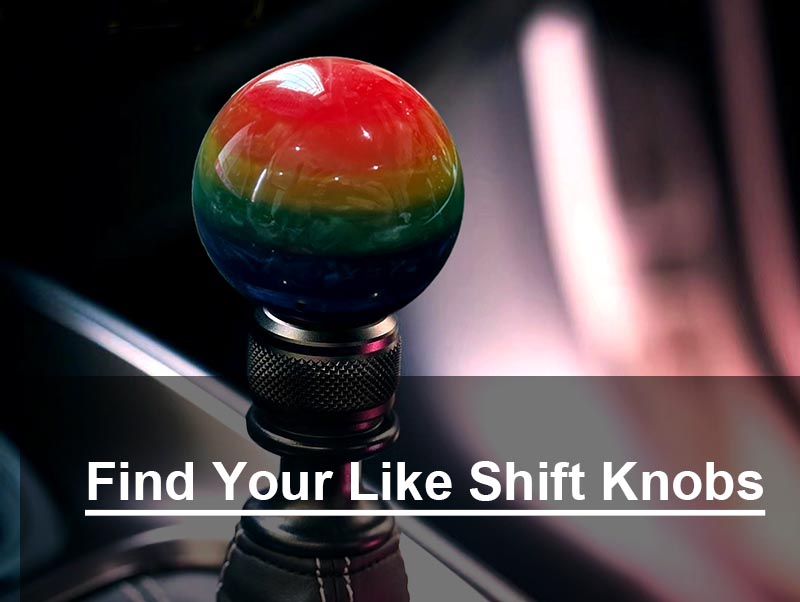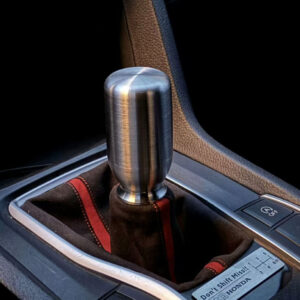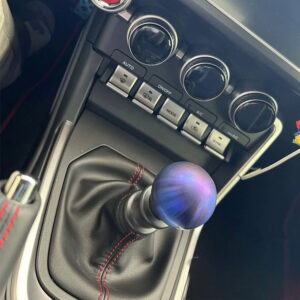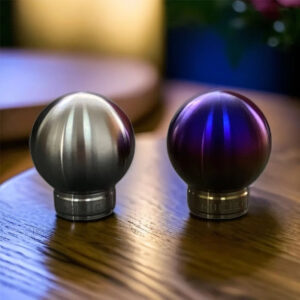Ready to ditch that boring stock shift knob and upgrade to something with more style and performance? Titanium and aluminum shift knobs are top contenders, offering a sleek look and a premium feel. But which one reigns supreme? Let’s dive into this metal-on-metal showdown and uncover the key differences.
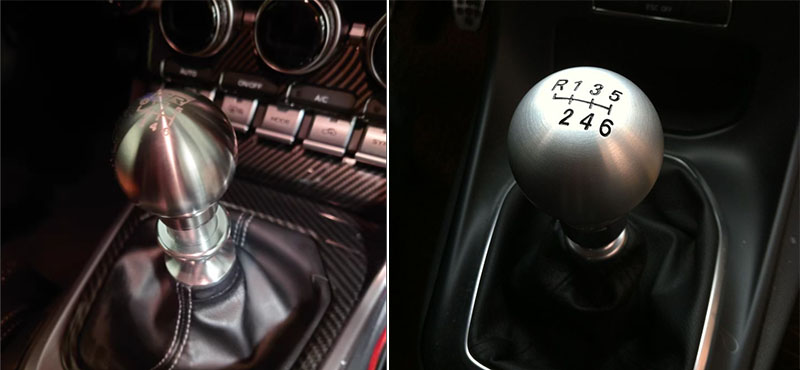
Table of Contents
Weight Difference
While titanium is denser than aluminum, it’s also significantly stronger. This means manufacturers can use less titanium to achieve the same strength, often resulting in a lighter shift knob.
- Titanium: Renowned for its lightweight, almost weightless feel, providing a direct connection to the transmission. Ideal for drivers who prefer a nimble, quick-shifting experience.
- Aluminum: Offers a more substantial, weighted feel that many drivers prefer for smoother shifts and a more planted feel.
User Feel and Feedback
The weight difference translates to a distinct shift feel:
- Titanium: Delivers a lighter, more responsive feel with increased feedback from the transmission. This can be great for precise shifts but might feel too “raw” for some.
- Aluminum: Provides a more dampened, refined feel, absorbing some of the transmission’s vibrations. This can lead to smoother, more comfortable shifts.
Appearance Difference
Both metals offer a sleek, modern look, but there are subtle differences:
- Titanium: Often sports a darker, more understated finish with exceptional scratch resistance. It’s the choice for drivers who value durability and a subtle, refined look.
- Aluminum: Comes in various finishes, from polished to anodized, offering a wider range of colors and styles. It’s great for those who want to add a pop of color or match their car’s interior.
Temperature Difference
Both metals conduct heat, but titanium’s superior thermal conductivity means it adjusts to temperature changes faster.
- Titanium: Heats up and cools down rapidly, minimizing those scorching-hot or freezing-cold surprises when you first touch it.
- Aluminum: Takes longer to adjust, so it might stay hot or cold for a while longer.
Conclusion
Ultimately, the best shift knob depends on your driving style and preferences:
- Choose titanium if: You crave a lightweight, responsive feel, quick temperature adjustments, and superior scratch resistance.
- Choose aluminum if: You prefer a more weighted, dampened feel, a wider range of colors and finishes, and potentially a more budget-friendly option.

